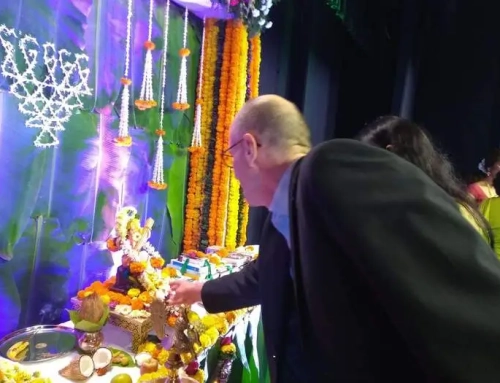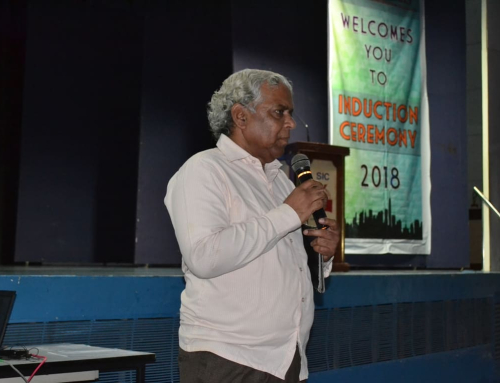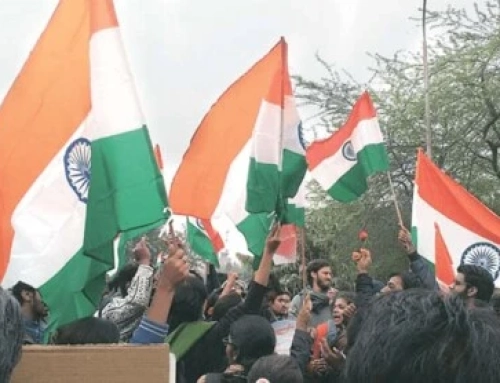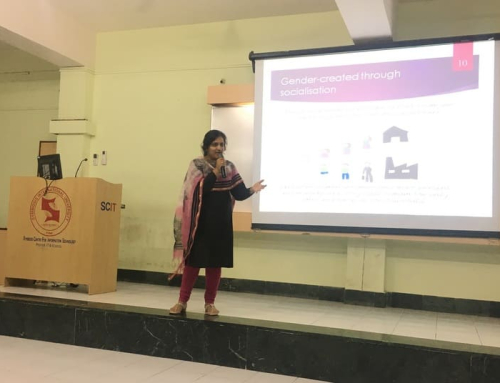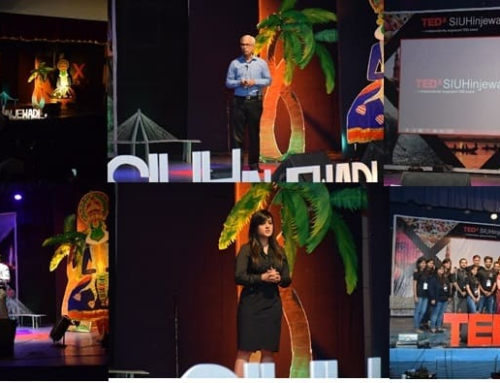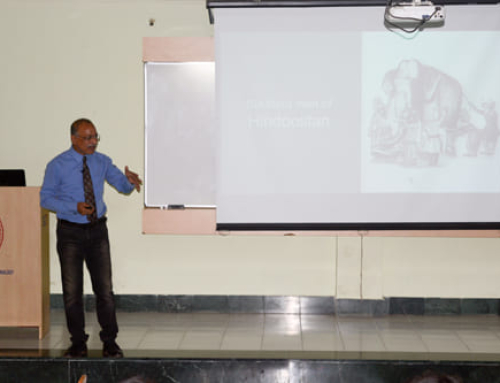Social Networks for Social movements

Social movements have from time immemorial used the social networking as a means to garner support. Whether it was the French revolution, the Black movement or the student and feminist movements or the Naxalite movement of 1970s or the recent India Against Corruption movement spearheaded by Anna Hazare, all used the social networking as a means to bring together population disconnected by space, race, religion, culture and gender. Here are two stories of movements that led to changes. One used a word of mouth means of networking while the other used the technology to mediate in their networking. Both led to changes that had far reaching impacts on the society.
At four-thirty in the afternoon on Monday, February 1, 1960, four college students sat down at the lunch counter at the Woolworth’s in downtown Greensboro, North Carolina. They were freshmen at North Carolina A. & T., a black college a mile or so away.
“I’d like a cup of coffee, please,” one of the four, Ezell Blair, said to the waitress.
“We don’t serve Negroes here,” she replied.
The Woolworth’s lunch counter was a long L-shaped bar that could seat sixty-six people, with a standup snack bar at one end. The seats were for whites. The snack bar was for blacks. Another employee, a black woman who worked at the steam table, approached the students and tried to warn them away. “You’re acting stupid, ignorant!” she said. They didn’t move. Around five-thirty, the front doors to the store were locked. The four still didn’t move. Finally, they left by a side door. Outside, a small crowd had gathered, including a photographer from the Greensboro Record. “I’ll be back tomorrow with A. & T. College,” one of the students said.
By next morning, the protest had grown to twenty-seven men and four women, most from the same dormitory as the original four. The men were dressed in suits and ties. The students had brought their schoolwork, and studied as they sat at the counter. On Wednesday, students from Greensboro’s “Negro” secondary school, Dudley High, joined in, and the number of protesters swelled to eighty. By Thursday, the protesters numbered three hundred, including three white women, from the Greensboro campus of the University of North Carolina. By Saturday, the sit-in had reached six hundred. People spilled out onto the street. White teen-agers waved Confederate flags. Someone threw a firecracker. At noon, the A. & T. football team arrived. “Here comes the wrecking crew,” one of the white students shouted.
By the following Monday, sit-ins had spread to Winston-Salem, twenty-five miles away, and Durham, fifty miles away. The day after that, students at Fayetteville State Teachers College and at Johnson C. Smith College, in Charlotte, joined in, followed on Wednesday by students at St. Augustine’s College and Shaw University, in Raleigh. On Thursday and Friday, the protest crossed state lines, surfacing in Hampton and Portsmouth, Virginia, in Rock Hill, South Carolina, and in Chattanooga, Tennessee. By the end of the month, there were sit-ins throughout the South, as far west as Texas. “I asked every student I met what the first day of the sit-downs had been like on his campus,” the political theorist Michael Walzer wrote in Dissent. “The answer was always the same: ‘It was like a fever. Everyone wanted to go.’ ” Some seventy thousand students eventually took part. Thousands were arrested and untold thousands more radicalized. These events in the early sixties became a civil-rights war that engulfed the South for the rest of the decade (adapted from http://www.newyorker.com/reporting/2010/10/04/101004fa_fact_gladwell#ixzz2APgXyb8m)
Come to 21st century
In 2007 the British branch of the bank HSBC ran a promotion to recruit business from college students and recent grads by offering them checking accounts with no penalty fees for overdrafts. In august of that year, someone at the bank decided that the policy was costing the bank too much and should end. After all, the strategic thinking went, the level of effort necessary for all those new customers to switch to a new bank was too high, so the change in policy would lose the bank few accounts.
The bankers, however, failed to calculate into their decision the reaction of Wess Streeting, vice president of the student union at Cambridge University. Outraged by the bank’s move, Streeting set up a site on Facebook called, “stop the Great HSBC Graduate Rip Off!” Students who saw Streetting’s alarm in turn alerted their friends, in a cascading digital wave.
Within days thousands of students joined the crusade. Immediately, the students traded information on which other banks offered no penalty fees and publicly threatened to drop their business with HSBC. They started organizing protests, planned for September, in front of the headquarters of the venerable bank.
Chastened by the online customer revolt and fearing a more public one, the bank made an about-face within mere weeks of Streeting’s first post. What the bank had not seen coming was the force of such discontent when spread virally, amplified, and well coordinated. (adapted from Daniel Goleman, Ecological intelligence, Penguine Books, 2009)
The new social networking tools especially Facebook and Twitter have given a new dimension to the age old word of mouth concept of promotion whether it is an idea, or a product or a service. Social movements have been collective actions of people to bring about changes in the society. The late Mrinal Gore’s housewives movements in the 1970s saw thousands of women coming on to the streets to fight for basic civic amenities in Mumbai. It used simple word of mouth publicity. Come to modern India, a Kolavari song probably have helped in destroying a century old prejudice about South Indians (Tamilians) from the rest of India. Facebook communities having thousands of followers are driving change values into the society. Eventually the technology may mediate the social change that we badly need.
Prof. Shaji Joseph

